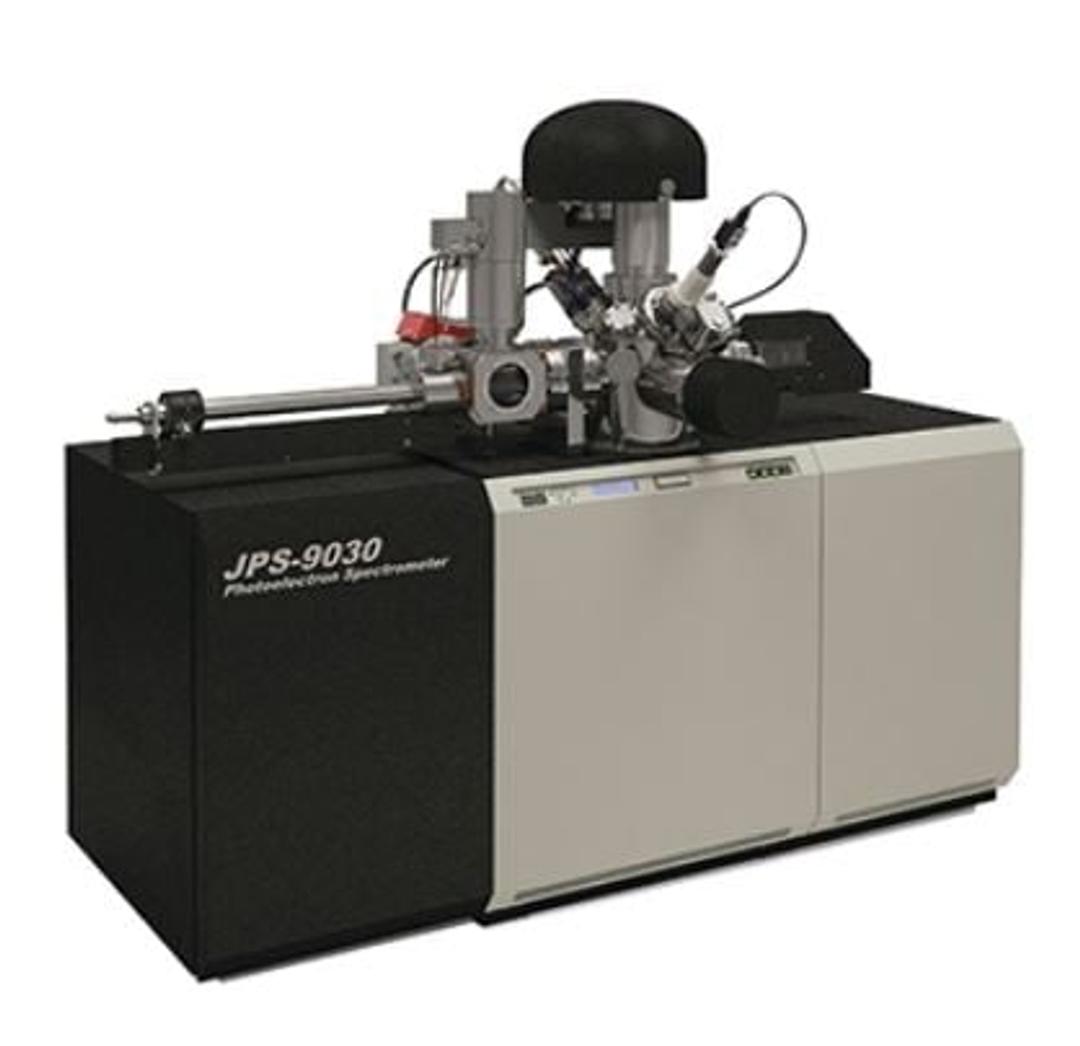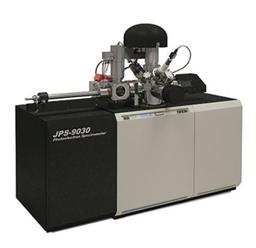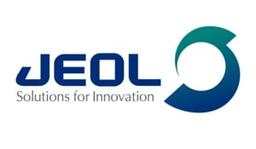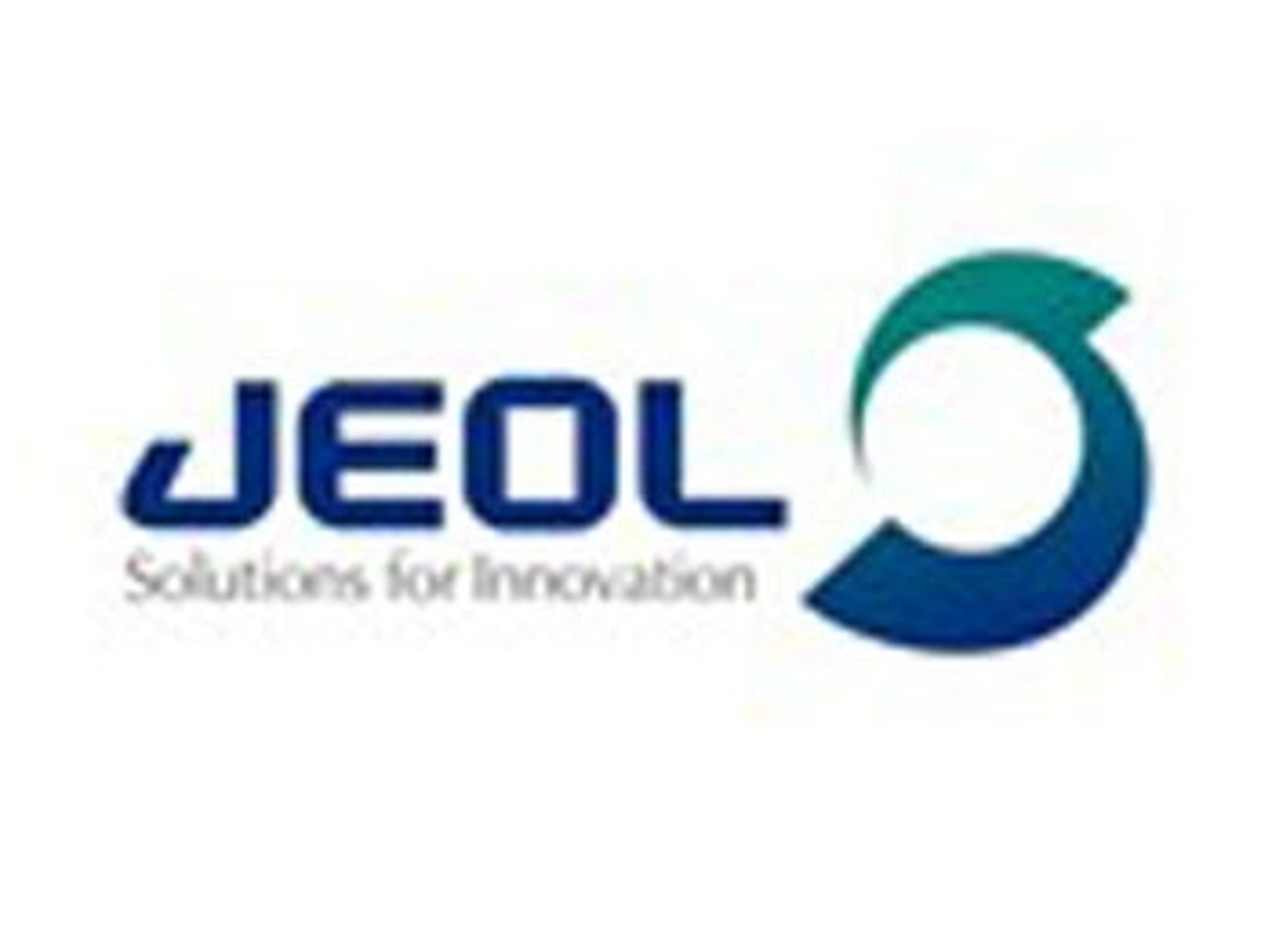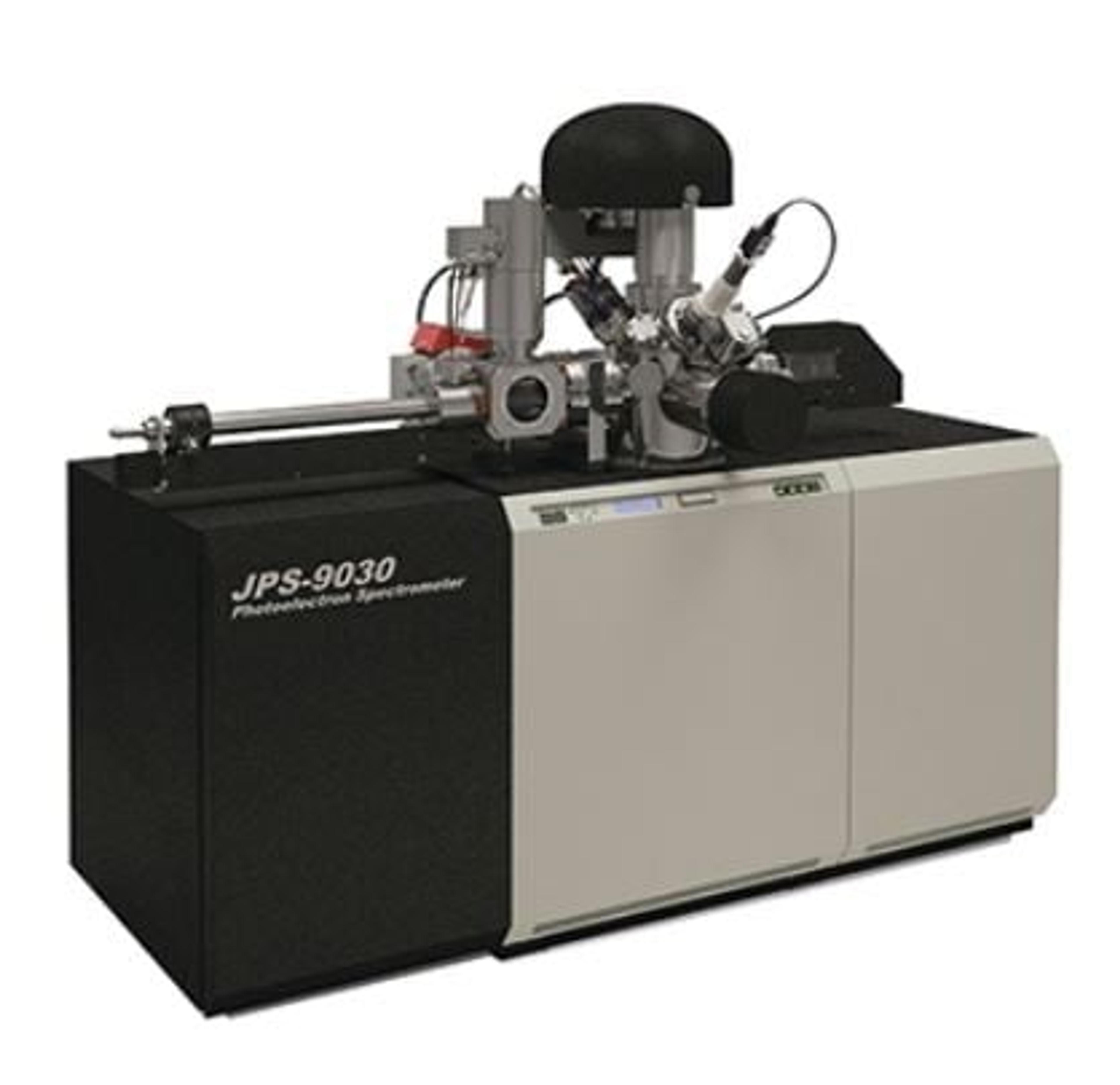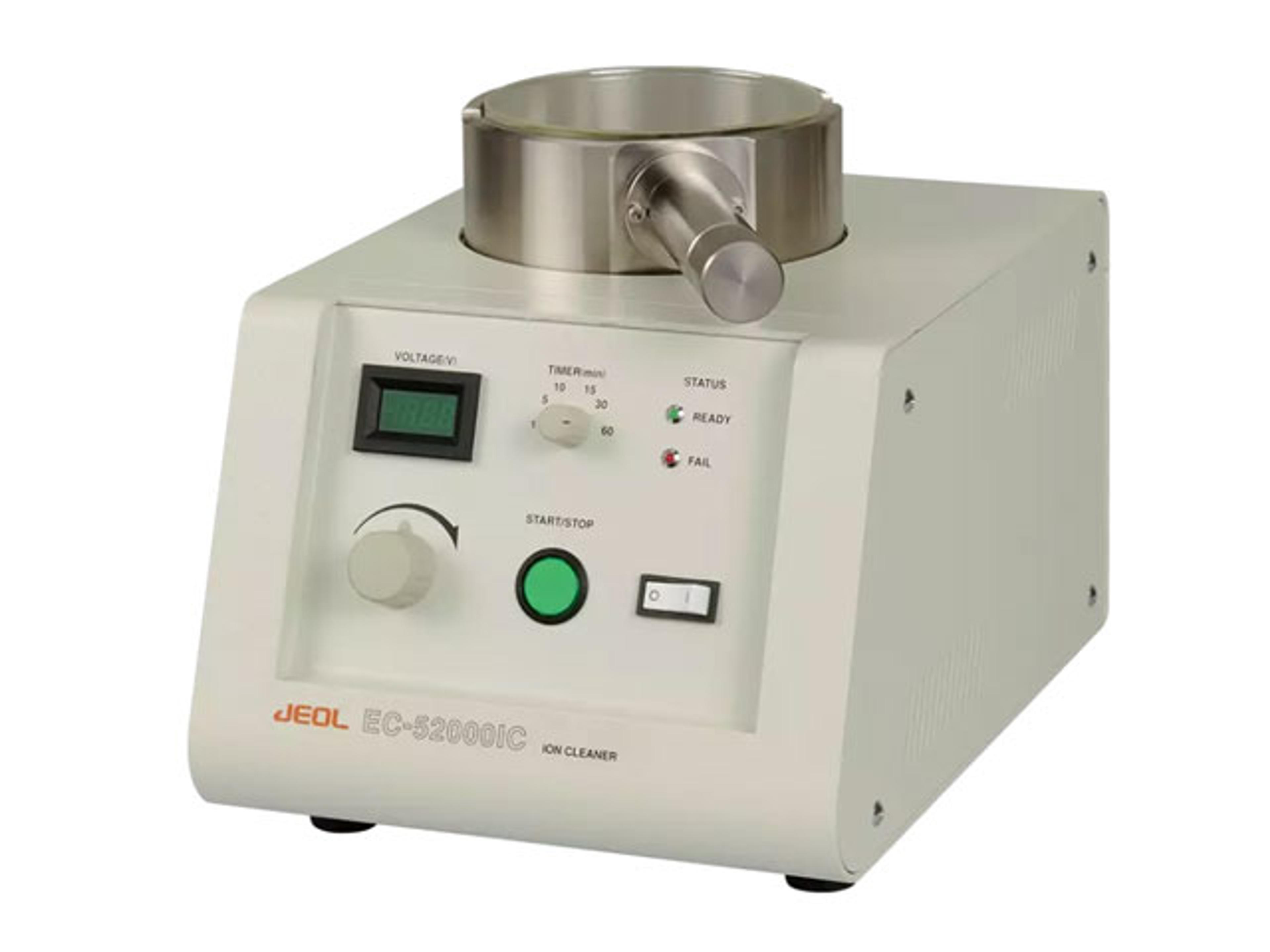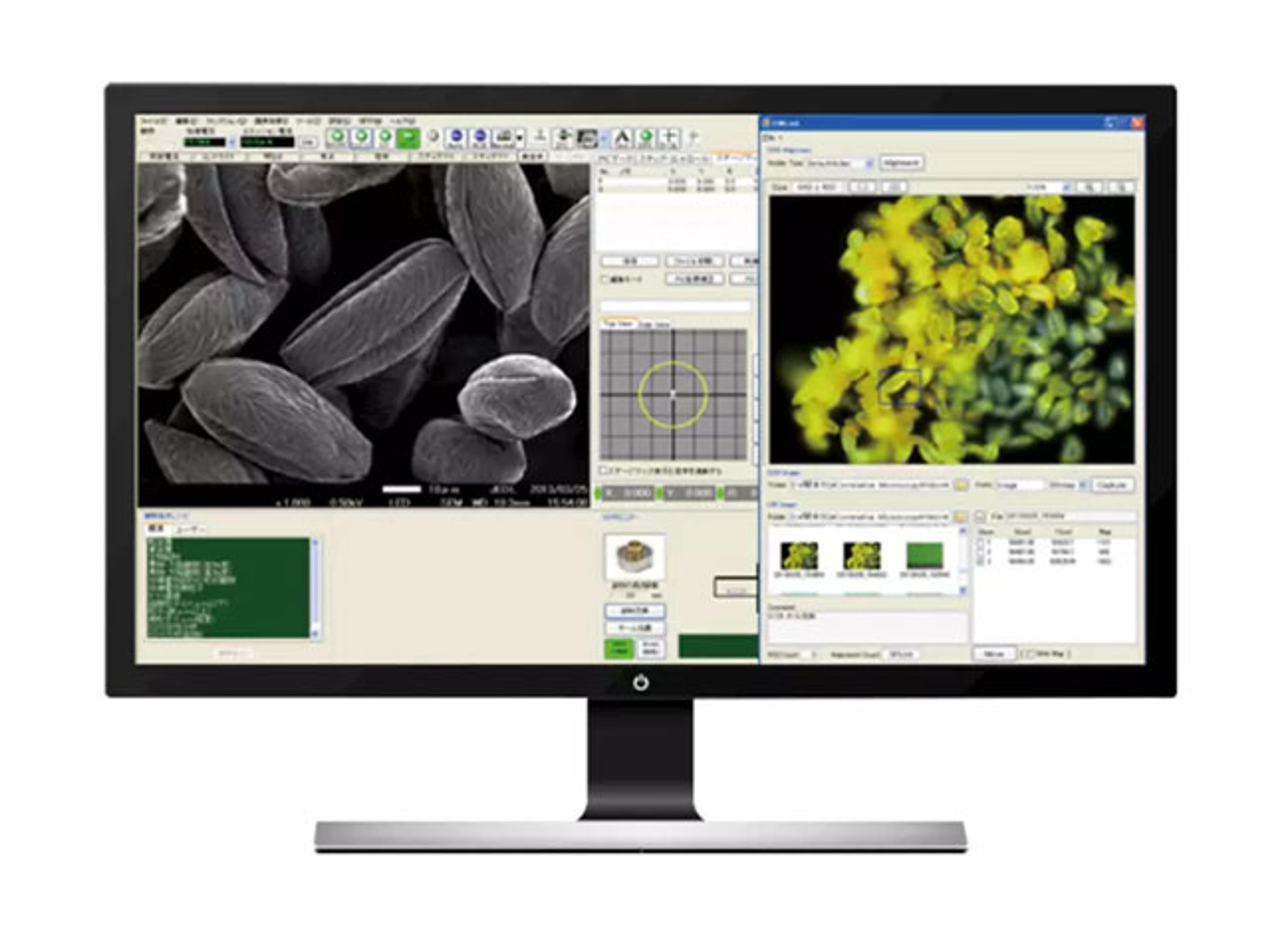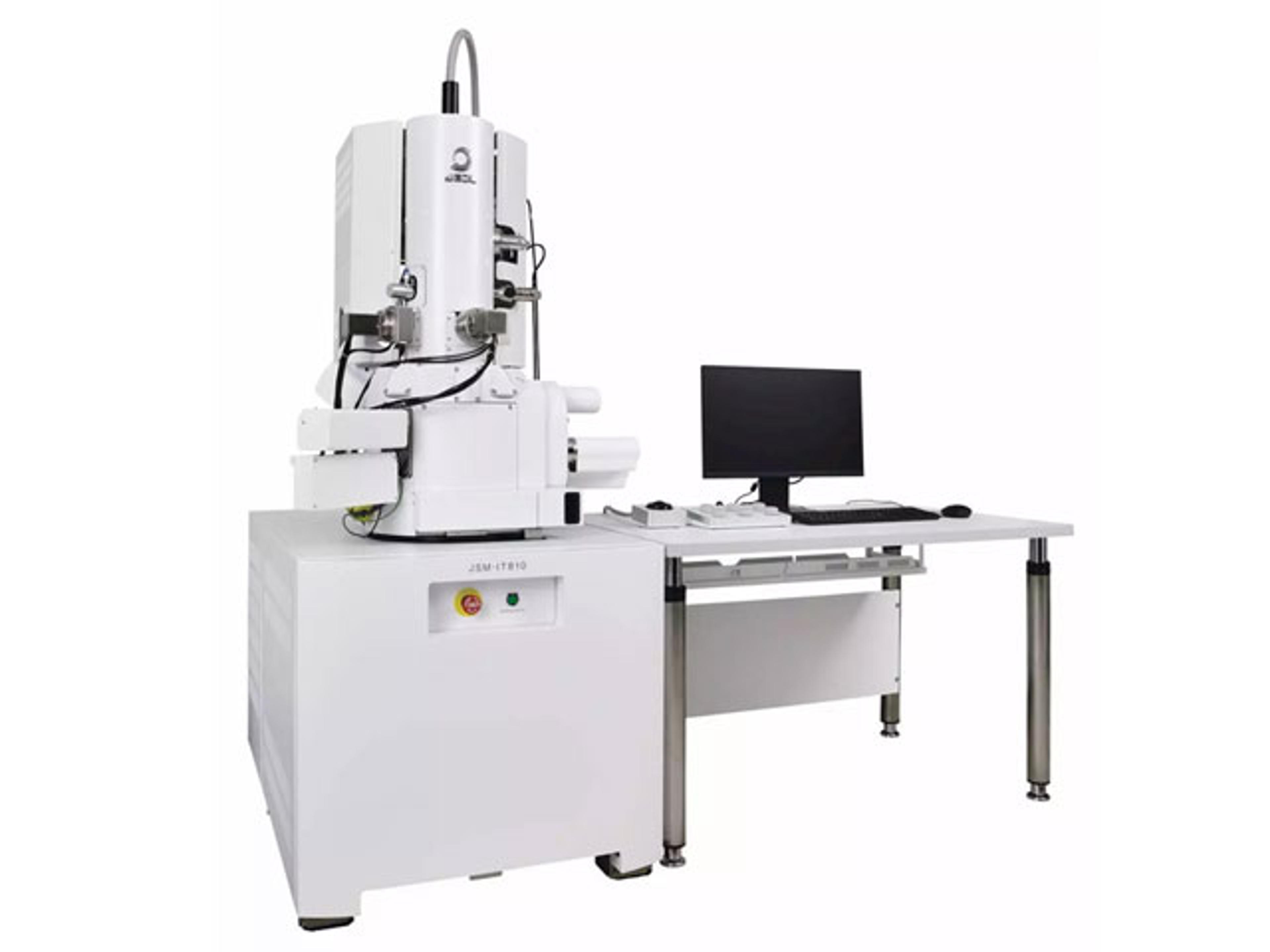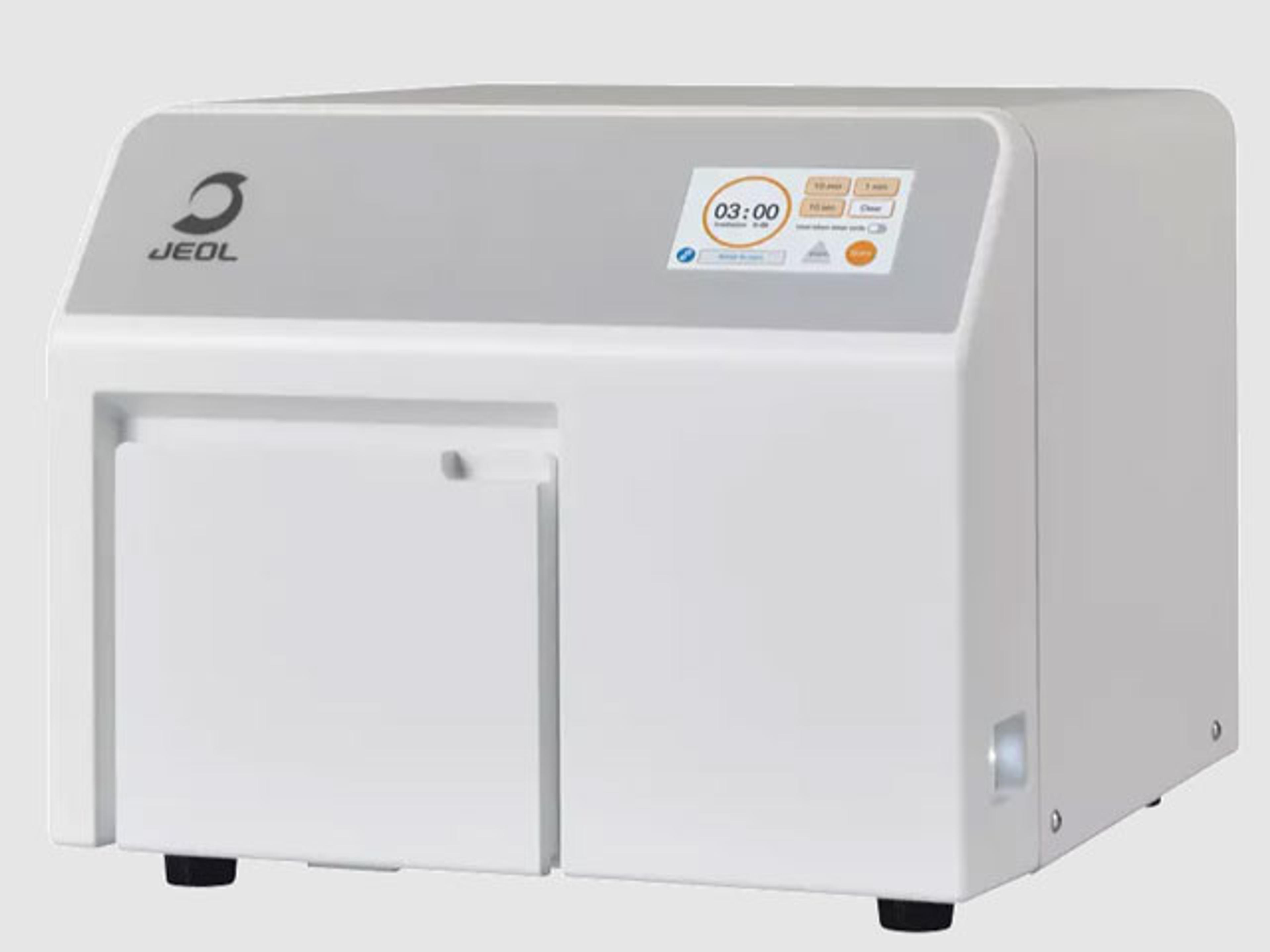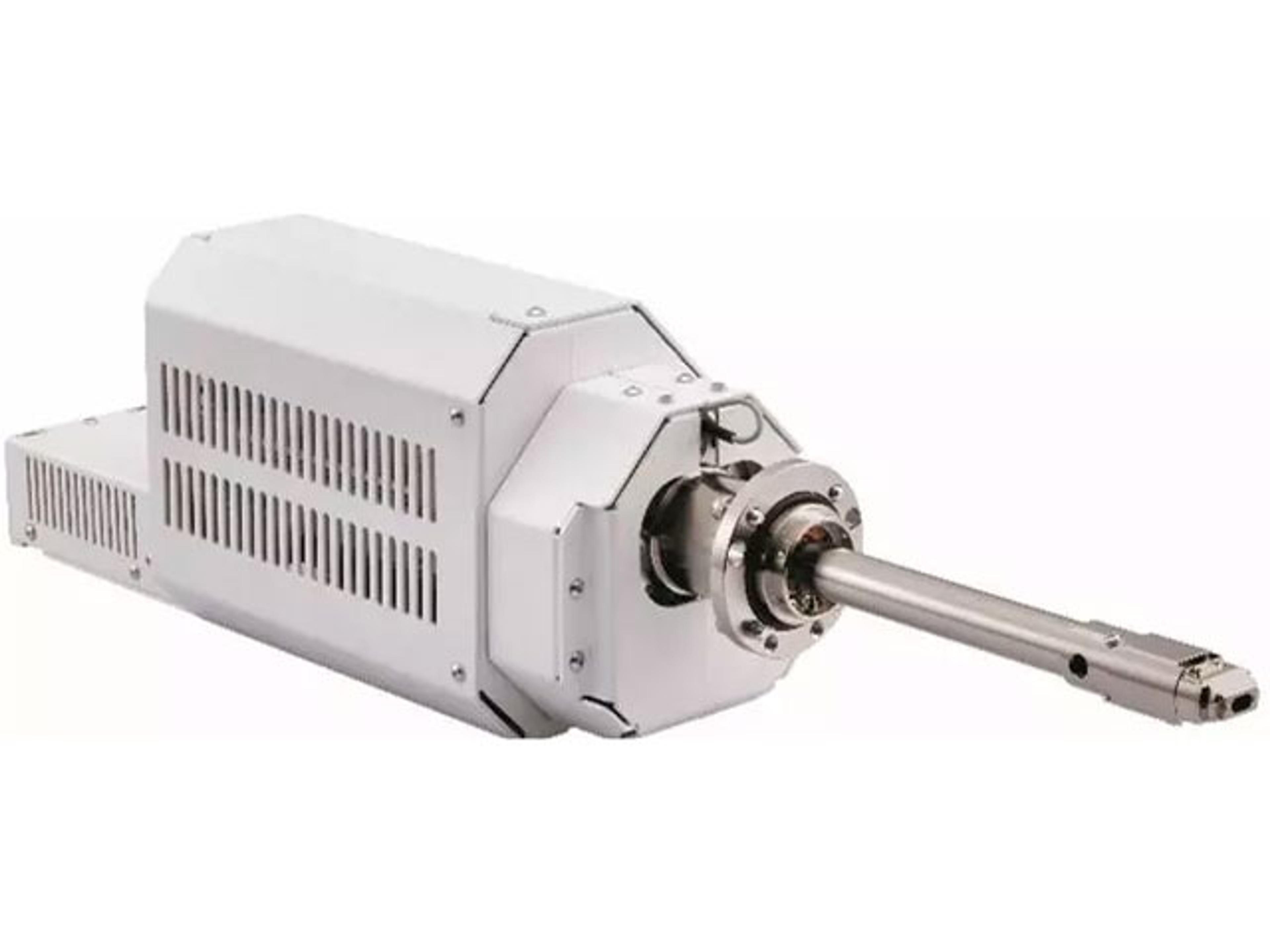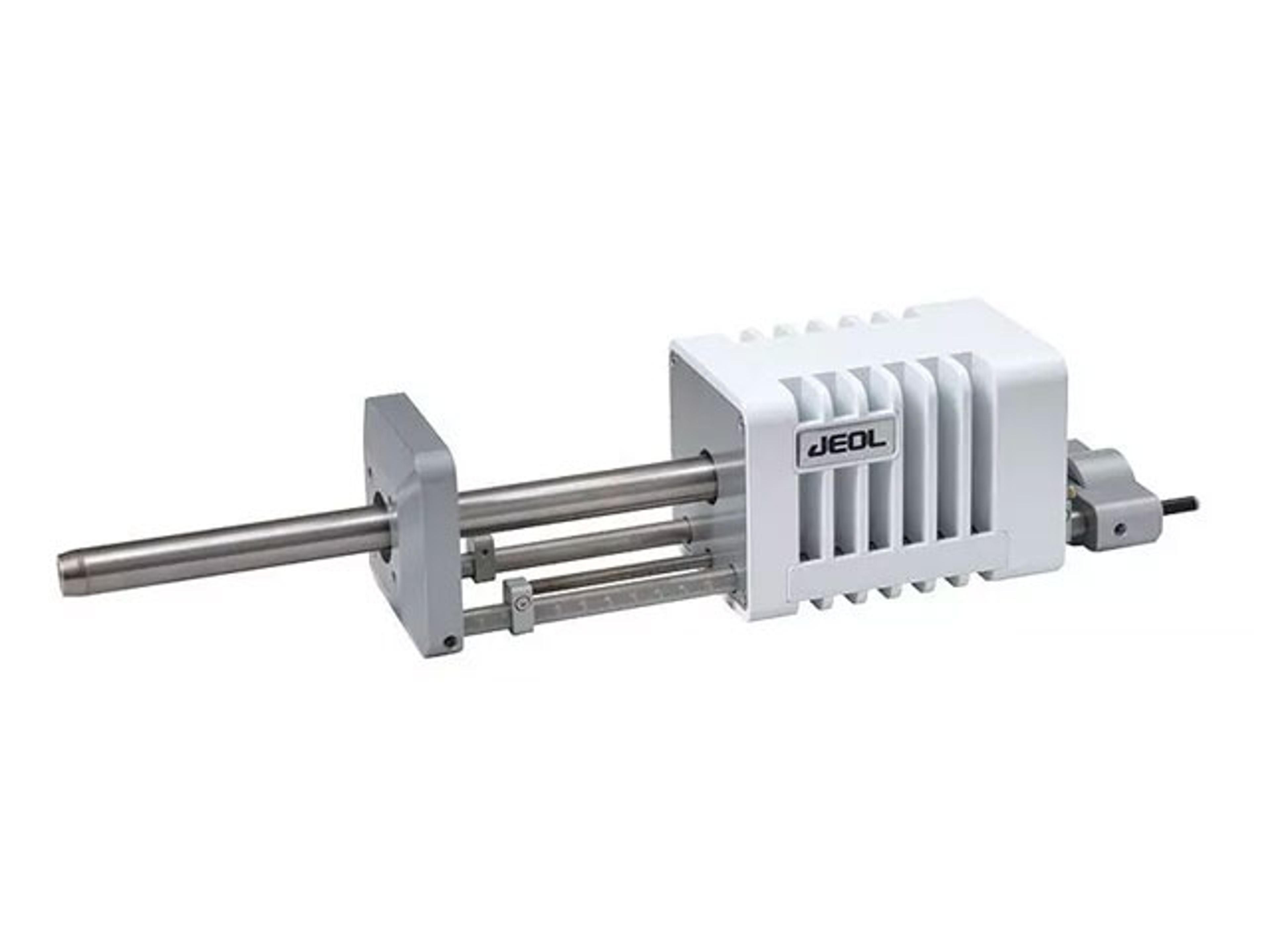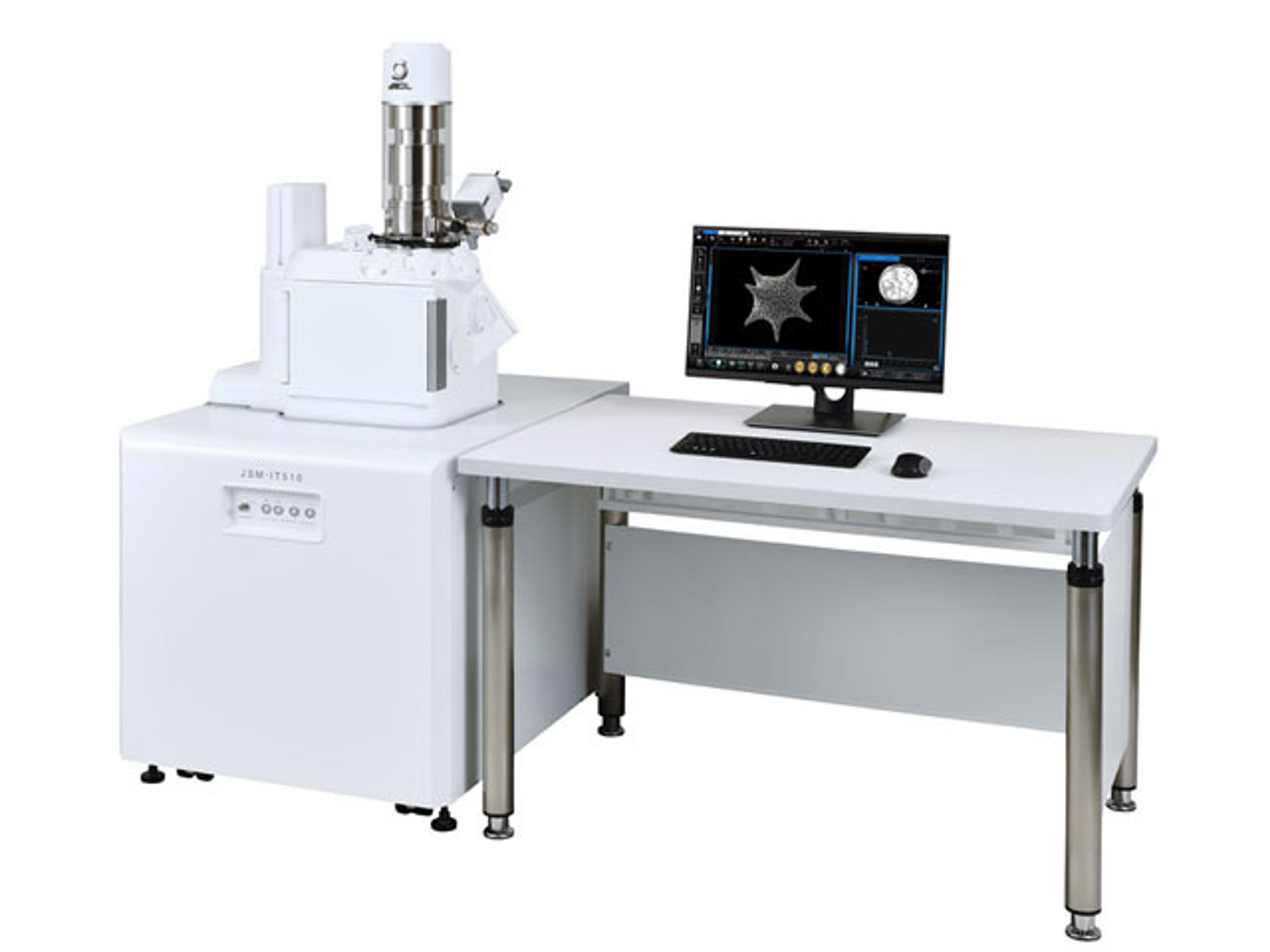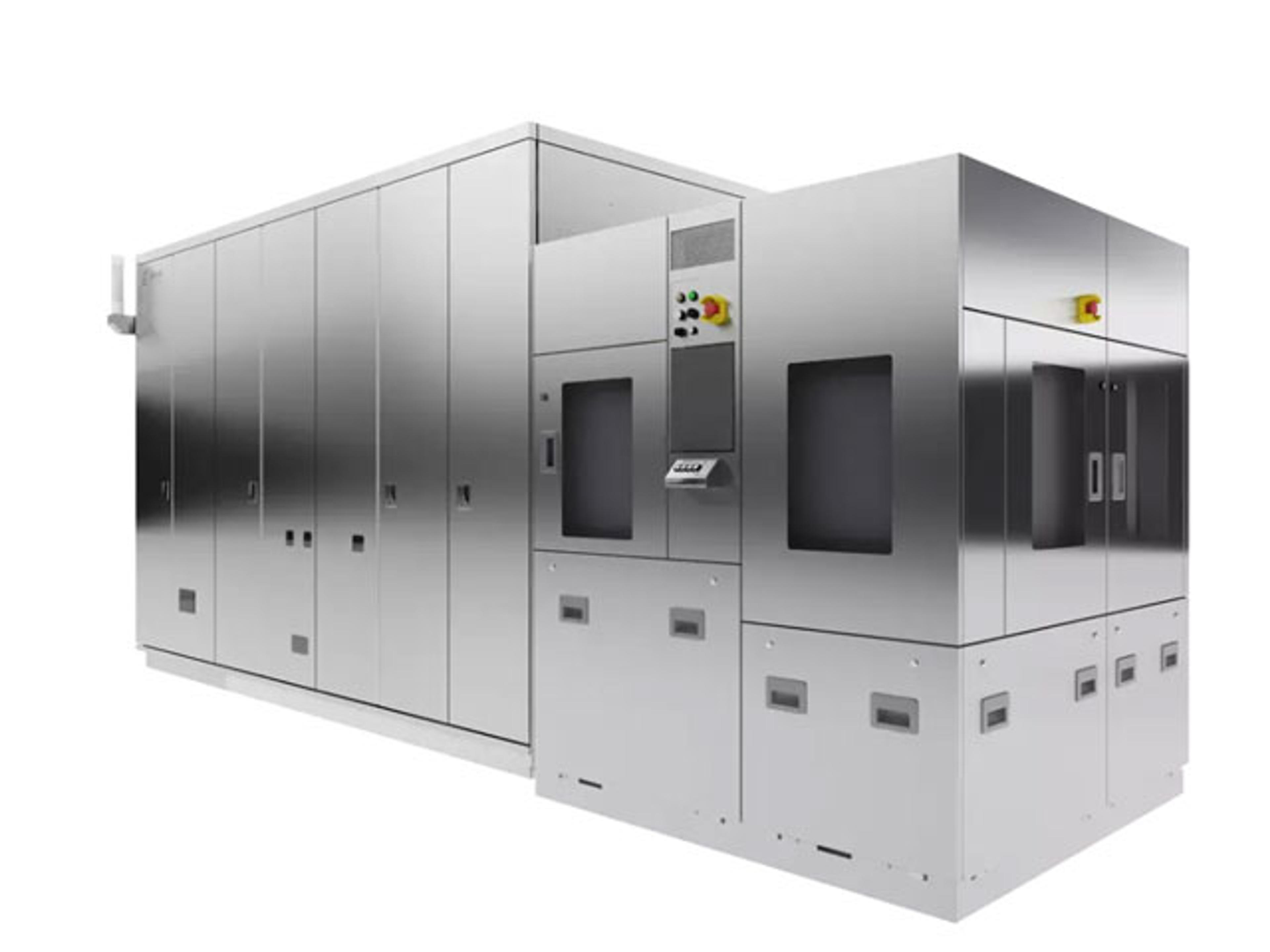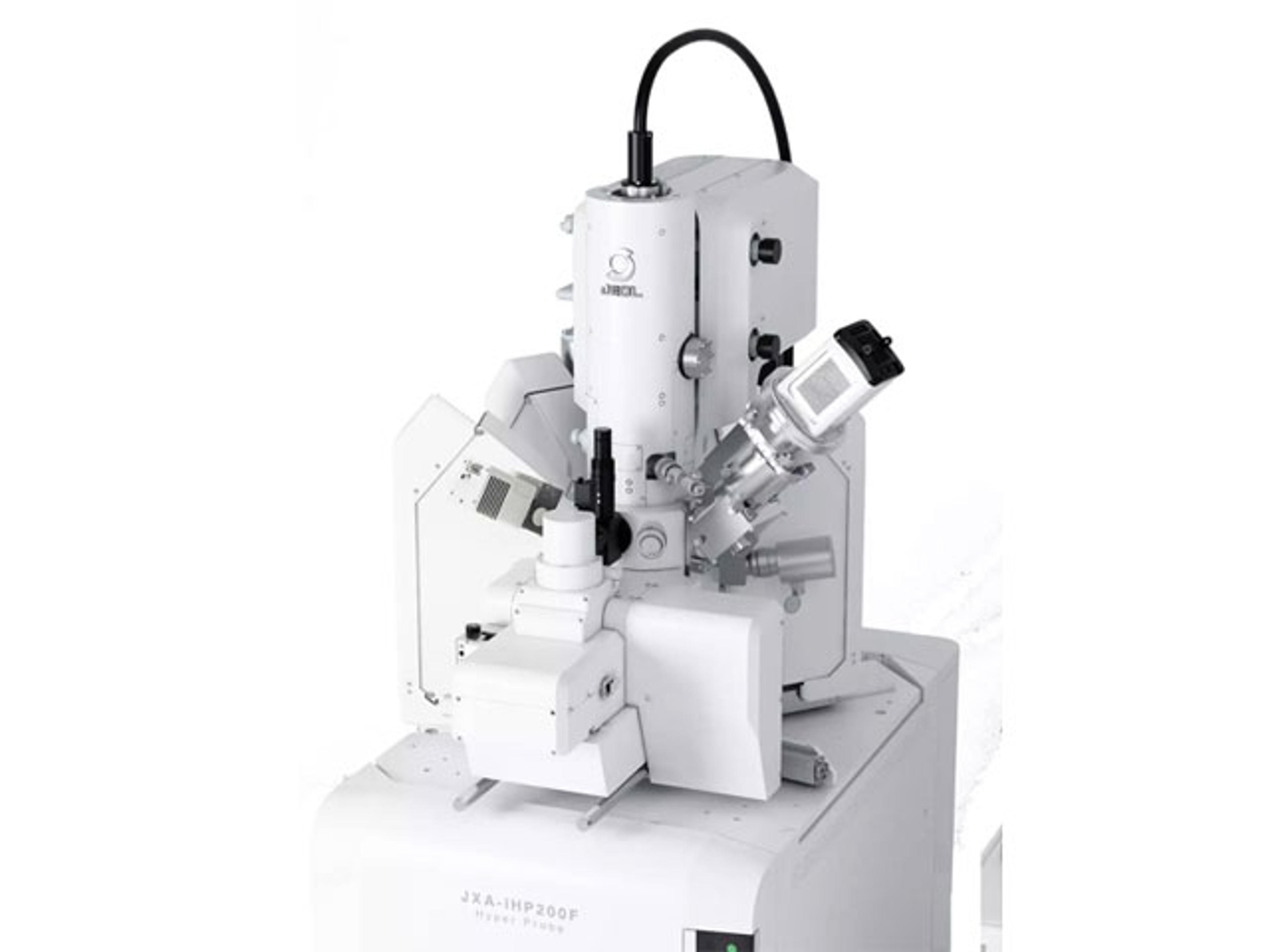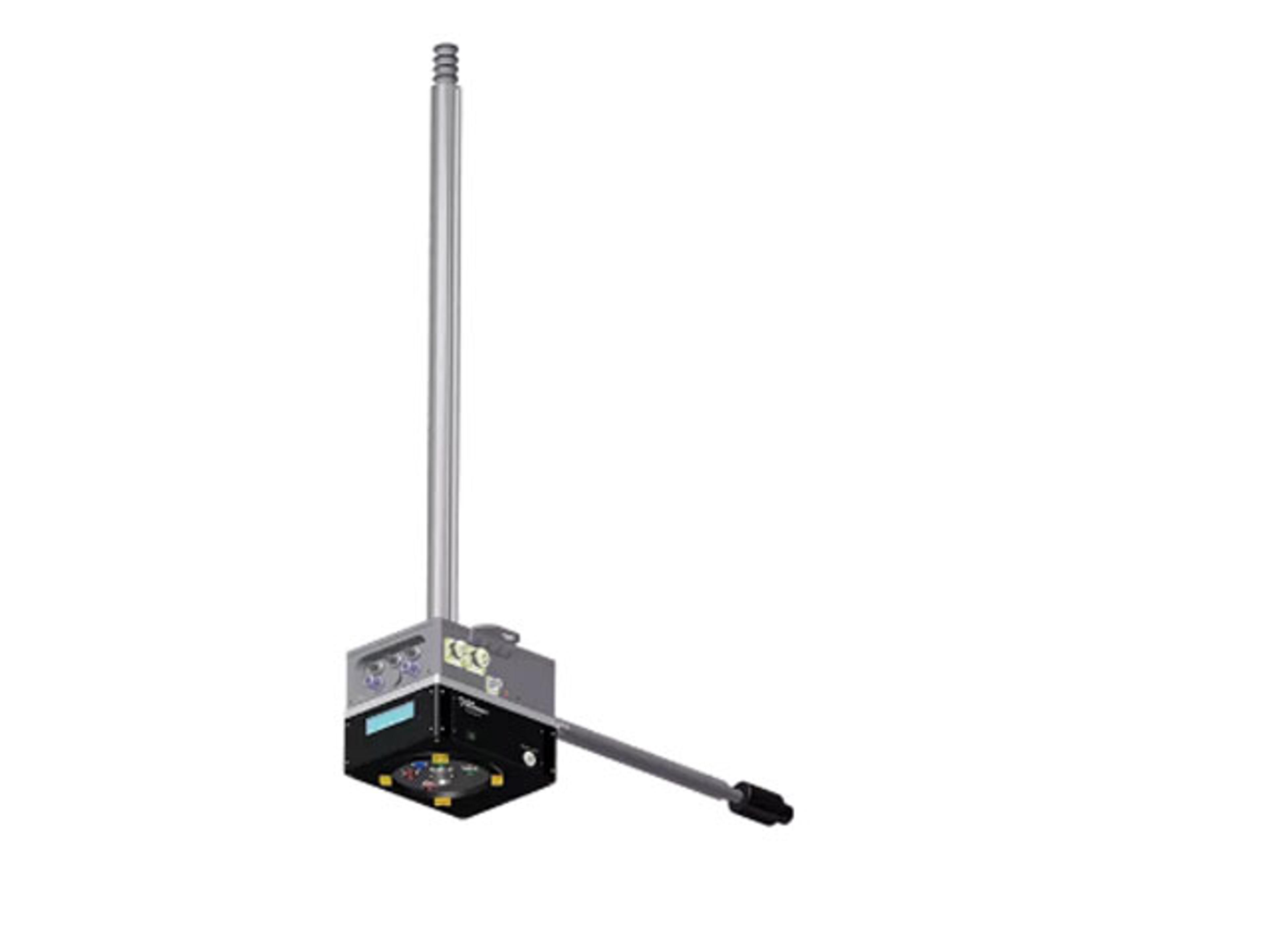JPS-9030 Photoelectron Spectrometer
The JPS-9030 is equipped with a newly-designed user interface that further improves operability and also debuts a sophisticated, new modern and sleek exterior design.
Quality performance.
Surface analysis
I have improved the performance of the instrument and received innovative results of angle-resolved photelectron emitted data from metals and high speed ion gun for depth profiling.
Review Date: 4 Mar 2020 | JEOL USA
The JPS-9030 is equipped with a newly-designed user interface that further improves operability and also debuts a sophisticated, new modern and sleek exterior design.
Depth profiling optimized for the application
The newly-developed Kaufman-type etching ion source provides etching rates from 1 nm/min to 100 nm/min (SiO2 equivalent), and allows a wide range of settings. It is capable of depth profiles suitable for any application, from measurements demanding precision to processes that require speed. The mounting of the Kaufman-type etching ion source to the specimen exchange chamber facilitates prevention of contamination of the measurement chamber.
Newly-developed software provides even greater ease-of-use
SpecSurf Ver. 2.0 now incorporates a ribbon-style GUI, offering a user-friendly environment in which all operations can be performed with the mouse. With JEOL’s own automatic qualitative analysis function, it is possible to sequentially perform qualitative, quantitative and chemical state analyses for multiple acquisition points.
Ultra-high surface sensitivity
The JPS-9030 supports techniques like Angle-Resolved XPS (ARXPS) and Total Reflection XPS (TRXPS), and is capable of ultra-high sensitive analysis of the top surfaces of 1 nm (standard measurement method 6 nm or more).
A wealth of options
- Monochromatic X-ray sources
- Argon gas cluster ion source suitable for organic samples
- Infra-red heating system capable up to temperatures of 1,000 °C or higher
- Transfer vessel to protect specimens from exposure to the atmosphere

